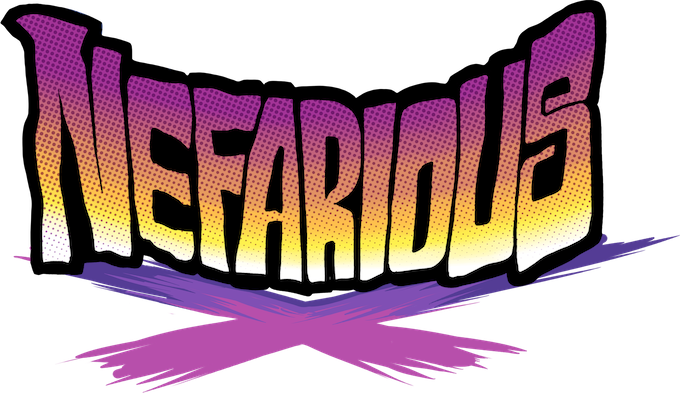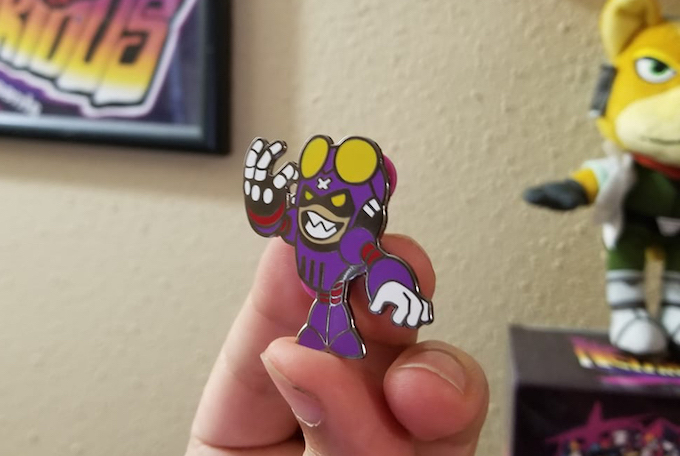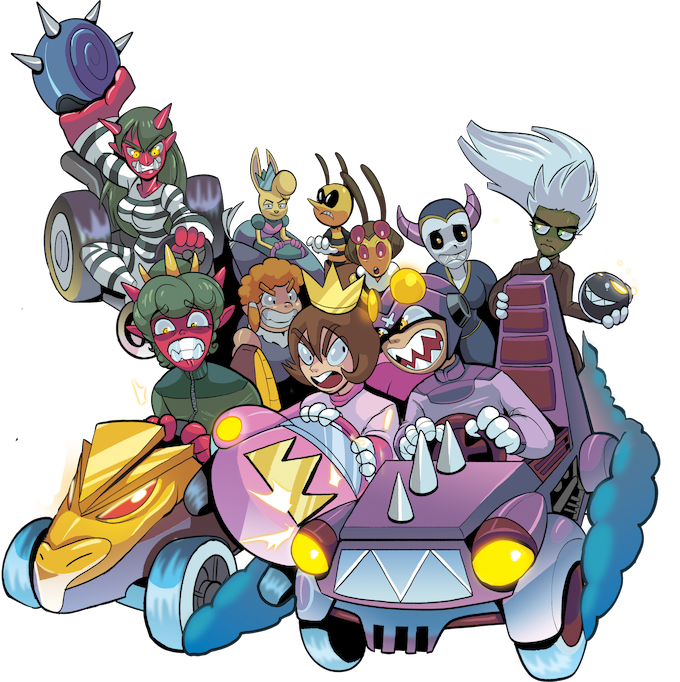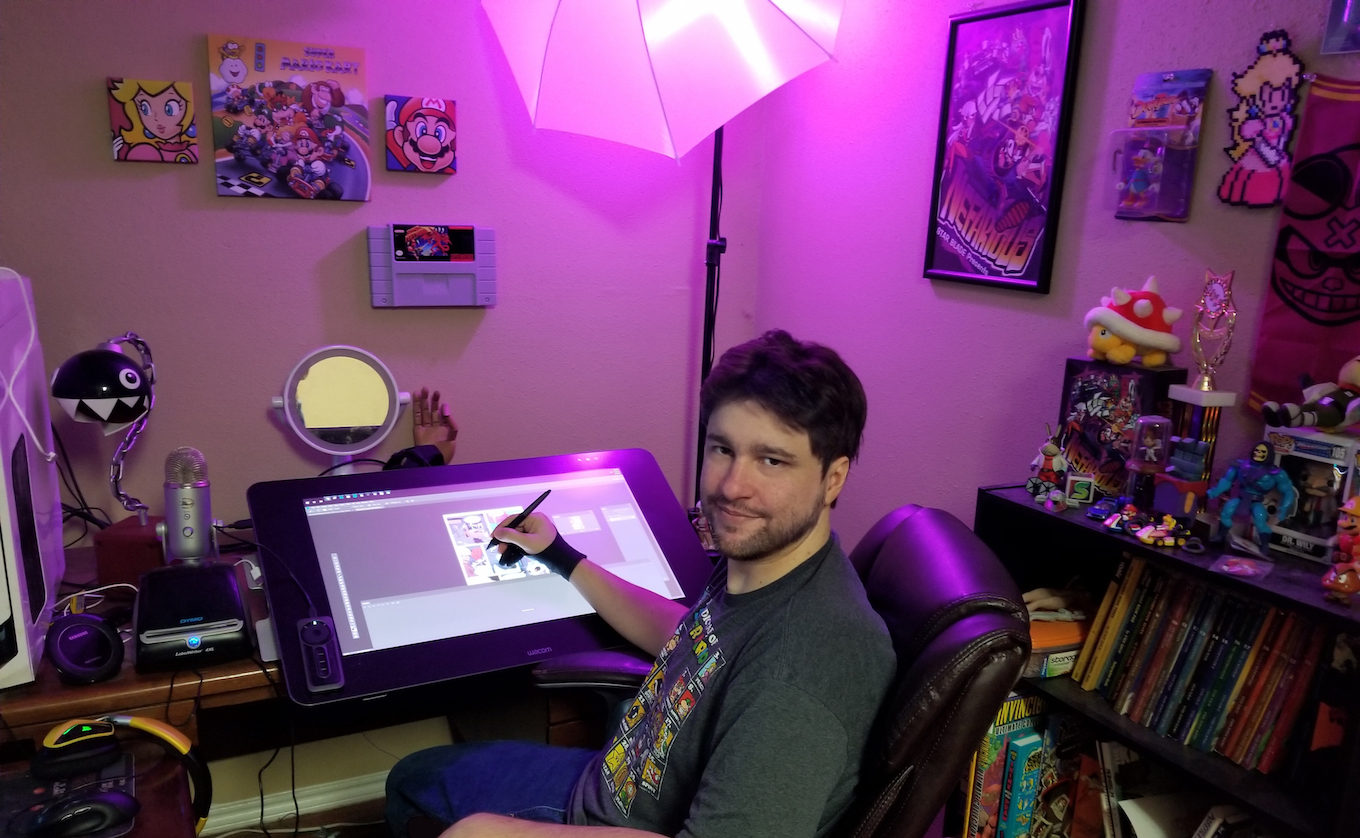Josh Hano loves telling stories and excels at drawing and animating his fun creations. He’s the creator behind Nefarious Comics — a webcomic featuring a villain protagonist who specializes in kidnapping royals and fighting heroes. He’s run two successful Kickstarter projects and continuously engages his growing fanbase via Patreon.
We recently had the chance to talk with Josh discovering how he engages his fans on both Kickstarter and Patreon. And as one of our very first beta testers for BackerKit for Patreon, Josh reveals how it has helped him manage his backer community along the way.
Tell us about Nefarious Comics and why you decided to join the Patreon community?
Joining Patreon for me was all about creating sustainability that Kickstarter did not provide. Having a known monthly income is a game changer that allowed to me leave the world of freelance and job hunting forever. I recommend creators use Patreon to build up their content, and punctuate every year with a Kickstarter that compiles the work into a book, album, collection, etc..

How do you decide what types of rewards you offer on Patreon? What are the pros and cons of digital rewards vs physical?
Enamel pins have usurped t-shirts as the first physical merch item creators should consider (outside of the main physical item of your field such as books, music, CD’s). Pins are easier to store, you don’t have to worry about keeping stock of varying sizes, and the profit margin is almost as good. Standard retail cost of a pin is $8-$12 and when buying in bulk, you shouldn’t be paying more than $1.30 per pin. It’s less risk for the same reward as shirts. When designing anything wearable, focus less on promotion (such as logos) and more on ways the wearer can express themselves. For example, Emoji’s with your characters, themes, or things that work without the context of your source work.
However, if you’re earlier in your creator career, stay digital. Only go physical once you comfortably have the means to do so. Do not drop a ton of money buying merch in bulk unless you are really confident you can sell a majority of it. Stick with E-books, tutorials, digital albums, or commissions.
I always encourage creators to never use print-on-demand or third party fulfillment type services that create and ship your merch for you. The return is negligible and it redirects your audiences buying power away from you. If you do merch, it’s always better to buy it in bulk and ship it yourself. What is the #1 challenge BackerKit helps you with the most?
What is the #1 challenge BackerKit helps you with the most?
It’s worth it for the shipping management alone. When I did my first Kickstarter without BackerKit, I had very minimal shipping needs that took an entire day to process with hand-written international custom forms and addresses, including a trip to the post for stamps. Because of this I always encouraged people to shy away from dealing with shipping.
As I started focusing on physical merch and made the switch from digital games to physical books, I needed a better solution. If you have a DYMO LabelWriter (Thermal labelwriters are a MUST-HAVE for medium-large shipping operations) and a BackerKit account, you can process a hundred orders in under an hour. After filling an order for 300 pins as part of a freebie bonus to my patrons, I’ve started reshaping my business to offer more physical products (such as prints) because it scales very well.
Stepping into the shoes of one of your Patrons, what is the value of receiving a BackerKit survey?
Having received BackerKit surveys from Kickstarter projects I’ve backed, simplicity is an important part of it. Not having to make an account (in the traditional sense) to fill out a survey was an incredibly intelligent decision on BackerKit’s part and I believe the high survey completion rate they have reflects that.
The crowning achievement of BackerKit is what I’ve heard other creators call the “exit through the gift shop” strategy. Adding that add-on store to the checkout process makes it fun. I like to see what extra perks I can possibly get, and if I see they’re specially priced for that checkout, I’m far more likely to get something. As both a creator and a backer, I love the BackerKit add-on store.

For those just starting to build community on Patron, can you detail a few strategies that have really paid off to obtain patrons and keep them engaged?
Patreon is a place you take your existing community that you’ve built on other sites. My three punch combo has been to use Youtube for discovery, Discord for community engagement (I believe Discord has replaced forums), and finish off with Patreon for monetization. I recommend using that combo but replace Youtube with whatever platform of discovery is specific to your medium.
I’ve met a lot of artists who aren’t comfortable asking their fans for money, and I think what they fail to consider is that their fans want them to grow, and be happy. Be clear with your message about what they get for their money, provide value, and be consistent with your delivery.
If you were to recommend BackerKit to fellow Patreon creators, how would you describe our service to them?
I tell them it’s like being paid to use a robust shipping management platform that lets you easily buy and print your own stamps. It’s spending money to save money with a system that pays for itself. It also allows you to charge patrons for shipping opening up huge possibilities for anyone with large patron bases.
Be sure to visit the Nefarious Comics Patreon page to see what Josh is up to and gain access to the entire Nefarious comic series.
If you’re a Patreon creator who ships physical rewards, or are considering adding a new physical reward tier, sign up for our FREE BackerKit for Patreon beta today!
